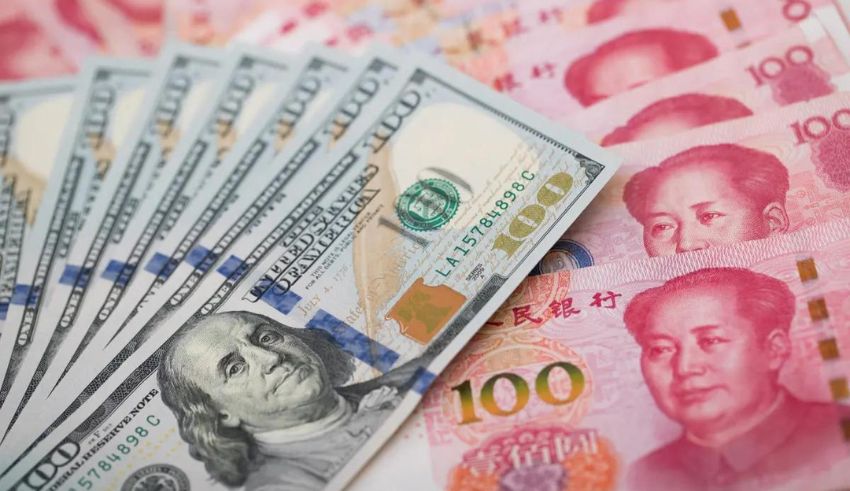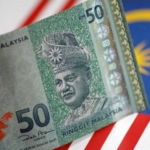
China is set to topple the US dollar’s global dominance as it allows more countries to settle payments in Chinese currency Yuan. Nearly a week ago, Pakistan utilized yuan to pay its international trade, an oil import deal with Russia. This was the first time for the Chinese currency to be used in a government transaction, highlighting a significant shift in the traditional use of the US dollar in trade payments.
It is also a reflection of what’s to come in the near future. JP Morgan believes the world could witness a slow and steady fall of the dominance of the US dollar and partial de-dollarization of the global economy. This is already happening. In March 2023, the China’s official currency, RMB Yuan, surpassed the US dollar, and emerged as the most-used currency in Beijing’s cross-border transactions. According to China’s State Administration of Foreign Exchange (SAFE), cross-border payments and receipts in RMB Yuan reached about USD549.9 Billion in March.
Rise of Yuan
Beijing has been pushing the use of yuan in international trade for quite some time and seems to be gaining ground. In April, Argentina bought about $1 Billion of Chinese imports with yuan. Brazil also agreed to settle some trade with Beijing in local currencies. The South American countries are trying to reduce their dependence on the US dollar. Bangladesh also settled for the yuan to make payment for a nuclear plant.
Moreover, the demand for yuan was driven by Russia due to the conflicts with Ukraine and global sanctions. The Kremlin has increased its use of other currencies in transactions since 2022. Russian President Vladimir Putin supports the use of RMB Yuan in trade with China and also in Moscow’s transactions with countries in Africa and Latin America.
Keep Reading
The increasing use of yuan carries significant implications for global trade, economic power structures, and financial markets. But the fact cannot be overlooked that China’s rapid economic growth and positioning as the world’s second-largest economy have bolstered the international use of Chinese yuan. China’s ambitious Belt and Road Initiative (BRI), aiming to enhance connectivity and infrastructure development to link East Asia and Europe, now expanding to Africa, Oceania and Latin America, has further propelled the rise of yuan.
Challenges Remain
It has been an easy rise for yuan. Wang Yongli, general manager of China International Futures, at the Caixin Summer Summit in Hong Kong, said everyone still feels the Chinese currency has not met expectations. He believes it’s not just about trade. Yuan’s use to denominate and settle in massive financial transactions is an important indicator. Yongli said Yuan’s achievement as an international currency will hit the ceiling if it cannot be widely used in financial markets.
Eddie Yue Wai-man, head of Hong Kong’s monetary authority, said Hong Kong can play a major role in promoting the use of yuan in capital markets. He believes the future center of yuan internationalization should return to onshore from offshore. Wang pointed out that increasing yuan’s share as a reserve currency among other countries will be more challenging as it necessitates higher standards for the currency’s security, liquidity and profitability.
But it cannot be ruled out that there are more countries out there wanting to reduce their dependence on the US dollar. Yuan is emerging as a formidable contender. And it’s to be seen how far China will go with its yuan.


























